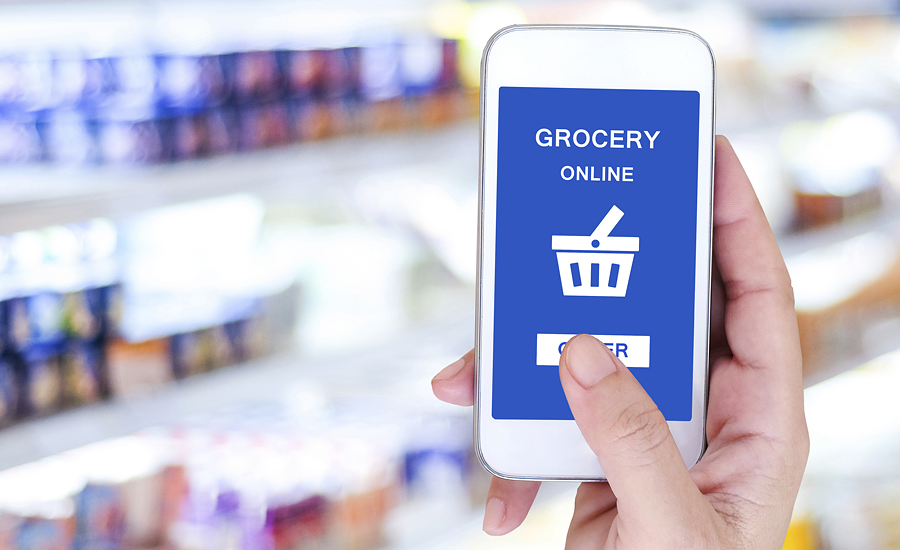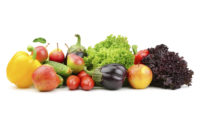The consumer packaged goods (CPG) industry is undergoing significant change, with consumer preferences shifting rapidly and retailers adapting in the face of heightened competition.
Coresight Research, New York, reveals the Top 10 trends anticipated to re-shape the CPG industry.
1. CPG brands tap into health and wellness
Particularly for younger consumers, wellness is the new luxury, replacing more traditional signifiers of affluence as an indulgence and a spending priority.
Modern-day wellness refers to holistic healthy living characterized by physical, mental, social and spiritual well-being—and this concept is gaining traction across the CPG sector.
According to another Coresight survey, 46% of U.S. consumers believe wellness to be very important, and 28% now consider well-being and fitness to be more of a spending priority compared with three years ago.
CPG companies are expanding into health and wellness products, acquiring wellness companies and cooperating with communities to deliver wellness initiatives to raise public awareness of health issues.
2. CBD gains traction in CPG
Tying in with increased demand for wellness products, more U.S. consumers are exploring the benefits offered by CBD.
According to Hemp Business Journal, a division of New Frontier Data, Washington, D.C., total sales of hemp-derived CBD products are expected to reach $646 million by 2022, up from $49 million in 2014—growing at a CAGR of 38% over this period, representing a huge market opportunity for CBD products in future.
That’s because consumers are showing interest in the use of CBD for wellness, health and beauty applications as well as for pets.
3. CPG brands get leaner and more agile
Customer needs are changing at a quicker pace than ever before, and it becomes increasingly important for companies to be able to adapt quickly. This is where agility and leanness come into play, emphasizing the need to optimize efficiency, minimize waste and continuously improve to meet customer requirements.
An organization that is agile and lean enough has clear structure, lean governance and efficient core processes. Agile business units are 1.5 times more likely to outdo competitors on both financial and non-financial performance metrics, with frontline sales staff demonstrating 30% higher productivity, according to a report published by McKinsey & Co., New York.
4. From male grooming to male beauty
Male grooming has become an established part of the personal care market, seeing steady growth on a global scale due to an increase in attention by male consumers to their own skincare needs. One driver of this trend is the growing impact that male beauty influencers have on younger consumers, developing interest in makeup products and challenging gender stereotypes.
5. CPG brands adopt direct-to-consumer approach
Among the pressures facing established CPG companies, heightened competition from direct-to-consumer (DTC) startups is starting to capture meaningful market share. To offset this, traditional CPG companies are beginning to invest in DTC e-commerce. DTC allows manufacturers and CPG brands to take out the intermediation of retailers, gain more control over the presentation of their products and gather their own customer data.
According to a 2018 survey of 150 consumer goods companies conducted by PA Consulting, UK, 84% reported increased DTC sales in the last 18-36 months, and 88% expected their direct sales to increase further by 2020.
The importance of understanding customers through data is growing, and with the added benefit of saving intermediary costs, there is potential for more CPG brands to have their own DTC offerings in the future.
6. CPG brands become digitalized and technology-enabled businesses
Digital capabilities allow companies to interact with consumers in new and innovative ways, and can yield a variety of benefits for both businesses and consumers. CPG companies are implementing, or planning to implement, strategies that help them undergo digital transformation to become competitive in the CPG space.
7. CPG brands “premiumize” to remain relevant
With rising consumer interest in well-being, U.S. shoppers are becoming more willing to spend more money on premium CPG products. According to a 2018 survey conducted by YouGov, UK, 87% of U.S. consumers do not mind paying extra for quality, and 55% of U.S. consumers tend to choose premium products and services.
There are many reasons why consumers might prefer to purchase higher-priced or premium CPG products, including the perception of higher quality compared to lower-priced products and the tendency to use such products for special occasions.
8. Consumers look for sustainability, and industry is responding
Sustainability has been a discussion point in the CPG industry for a number of years, but recently, the industry has seen issues such as plastic waste and carbon dioxide emissions shift further into the mainstream and move up the agendas of CPG shoppers and brand owners.
According to a 2019 Coresight Research survey, 23% of U.S. consumers try to buy from brands or retailers that they think have a good record on environmental issues. Another survey conducted by CGS, New York, reveals that 68% of U.S. Internet users deemed product sustainability an important factor in making a purchase.
9. Amazon is becoming a CPG disruptor
Amazon has disrupted numerous retail sectors, from electronics to apparel. While it may not always be front of mind as a retailer of CPGs such as grocery products, the e-commerce company continues to quietly penetrate these markets.
The key driver behind Amazon’s acquisition of Whole Foods Market in 2017 and its development of the Amazon Go convenience chain is that the two chains are helping Amazon build an omnichannel grocery offering.
In 2019, Coresight Research data shows:
• Amazon to be the most-shopped retailer for groceries online. In fact, 62.5% of those who bought groceries online bought on Amazon.com in the past year.
• Amazon grocery shoppers appear to be occasional or small-basket online grocery shoppers. The company may under-index in grocery because the most popular Amazon service is its regular website; this site is limited to ambient grocery products that can be sent by mail, which makes it all but impossible to shop for a basket of conventional groceries.
Meanwhile, Amazon is pushing into CPG private label. The company offers almost 7,000 private label products, according to Coresight analysis. CPG categories remain a minor part of this private label offering; Coresight identified 126 products in the health and household categories and 124 products in food and beverages. This suggests a long runway for growth in CPG private label.
10. Lifestyle apparel and accessories brands tap into beauty
Apparel and accessories brands are intersecting with the wellness movement and the beauty industry.
This trend is being driven by companies recognizing an opportunity to tap into the beauty market and realizing that U.S. consumers are increasingly spending on wellness products. The beauty sector also offers retailers a platform to provide more comprehensive solutions to their target customers as well as upselling and re-purchasing potential.


